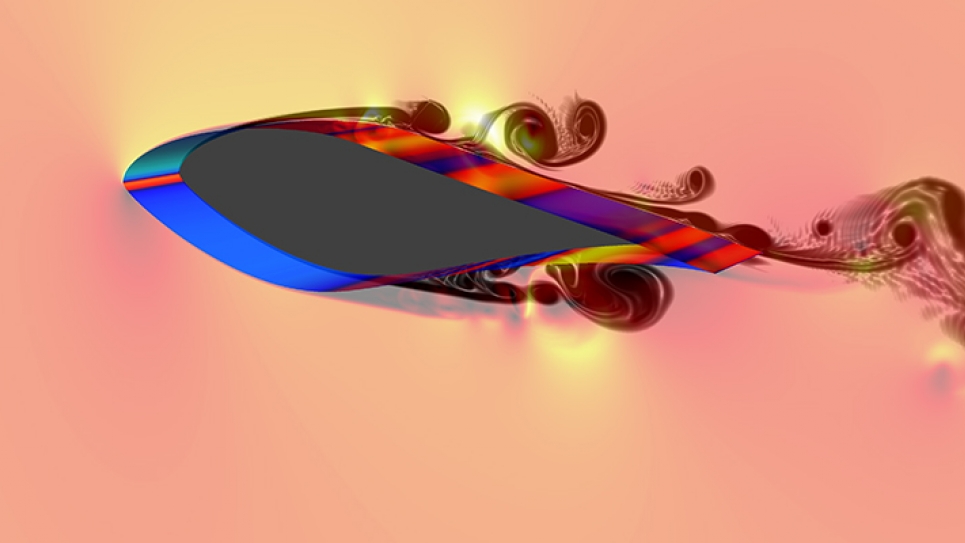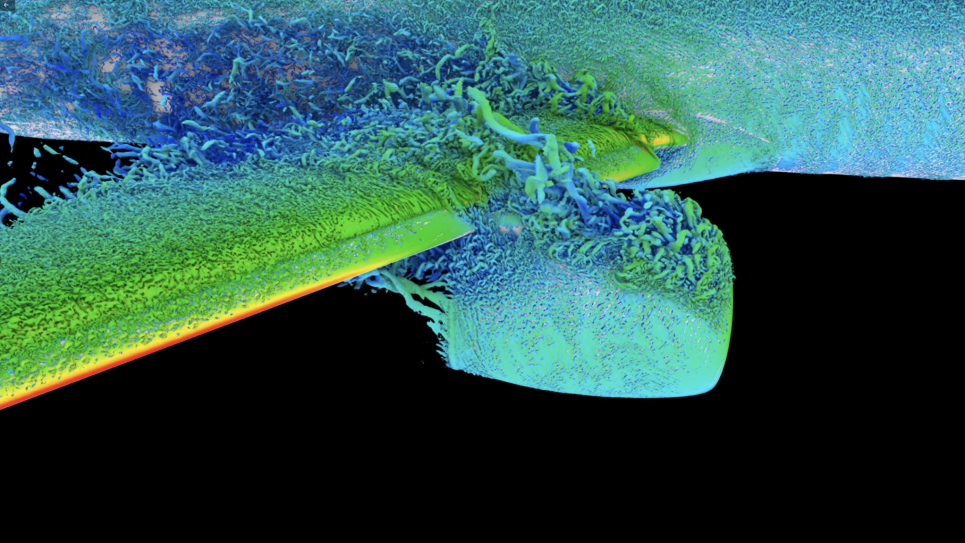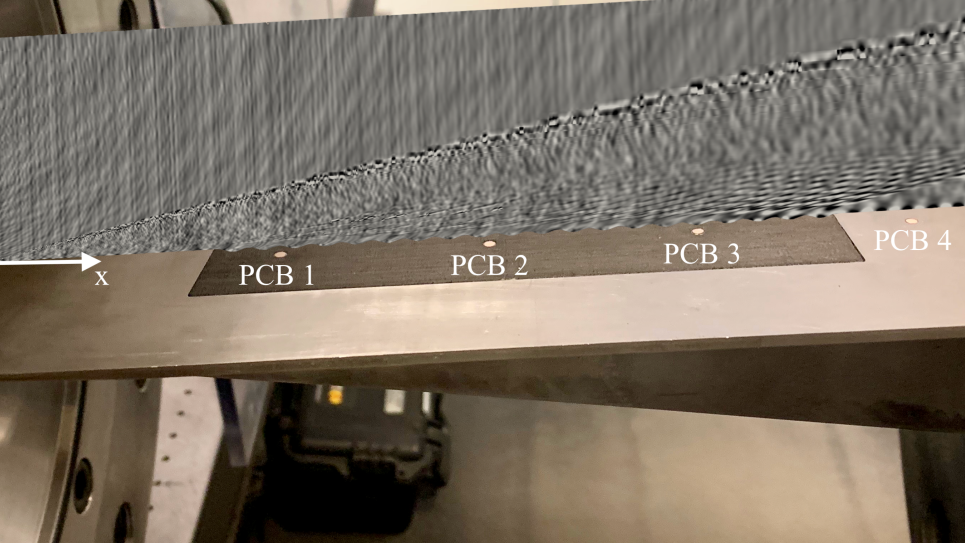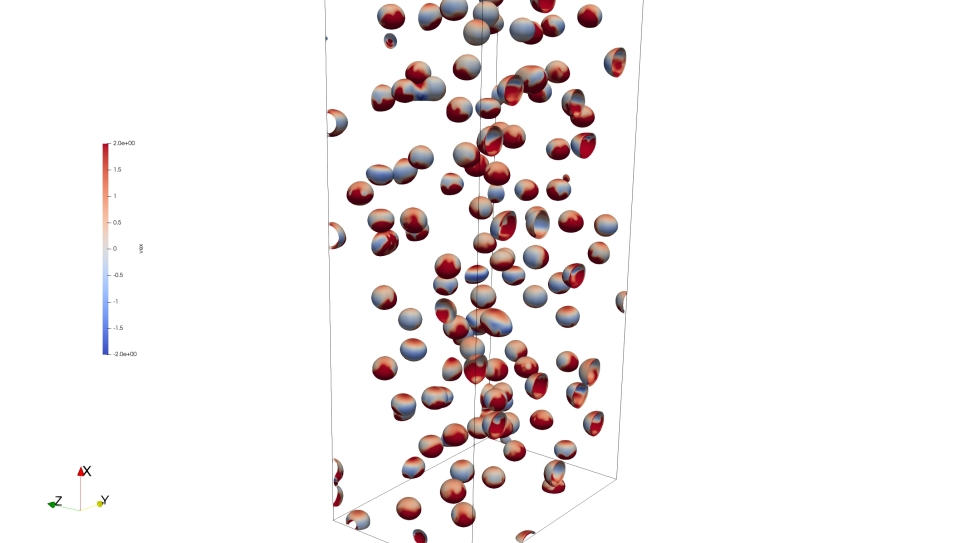
Scale-Resolving Simulations of Wind Turbines with SU2
Tier 1 Science Project
Science
The lack of models of sufficient fidelity to understand aerodynamic interactions between wind turbines in a wind farm can lead to energy underproduction of approximately 10-20%. Yet entire wind-farm simulations using Large-Eddy Simulation (LES) are beyond the scope of what we can compute today. For these reasons, the main goal of this project is to use a reduced-order model informed by LES, the kinematic simulation (KS) approach, to better understand the interactions between the wakes of upwind turbines and the performance of downstream turbines affected. As input to develop KS models, we require a large number of simulations of single and multiple turbines using LES. The purpose of this ESP project is to use Theta to create a database of LES runs for various turbine and environmental parameters. This information will be used to construct the KS models that can be used to optimize entire wind farms and to assess the fatigue loading of wind turbines affected by wakes.
Impact: Completion of this project will result in simulation capabilities that can be used to design better wind turbines and to layout large wind farms with maximum energy extraction and improved turbine fatigue life. All developments will be available to the community via the open-source SU2 framework.
Problem Scale
The LES simulations for wind turbines, plus the tower and including the effects of the ground boundary layer, will demand approximately 3 billion grid cells and long time integrations to obtain converged statistics.
Numerical Methods/Algorithms
SU2 solves PDE-based problems using unstructured meshes. Most development to date has been on compressible, turbulent flows commonly encountered in aerospace engineering problems. The existing version of SU2 solves the Reynolds-averaged Navier-Stokes (RANS) equations, using a finite-volume discretization with an edge-based data structure. The calculations in this ESP, however, will be carried out with a new SU2 higher-order finite-element formulation of the governing equations based on discontinuous Galerkin approaches and ensuring kinetic energy conservation.
Parallelization
SU2 incorporates a hybrid MPI/Open-MPI implementation that has been optimized for high performance on Xeon and Xeon Phi platforms (KNC). The implementation of the higher-order solver will follow a similar approach, although a MPI3.0-only implementation is also under consideration.
Application Development
- Higher-order discretizations of the Navier-Stokes equations for unstructured meshes. The team will pursue discontinuous Galerkin and additional variants. DG requires moving from edged-based to element-based data structure.
- Addition of a suitable subgrid-scale model for performing LES calculations and the appropriate kinetic-energy conserving modifications to the baseline scheme.
- Vectorization and both distributed and shared memory parallelism through MPI and OpenMP will be pursued.
Portability
SU2 has been developed in C++ with an intentional bias toward standard programming techniques and minimal use of advanced libraries or features of C/C++ in order to promote portability. An HPC build requires only MPI / OpenMPI in addition to a ANSI C++ compiler. The team’s general philosophy is to favor in-house solutions, whenever possible, over external libraries or dependencies that may introduce complications related to installation or architecture-specific implementations. However, the SU2 team recognizes that extra functionality can be provided by interfacing with third-party libraries, and that highly-tuned libraries can emerge as the best option on a particular architecture. To this end, careful attention has been given to the object-oriented class design within SU2 to allow for the inclusion of these libraries in a straightforward manner.


